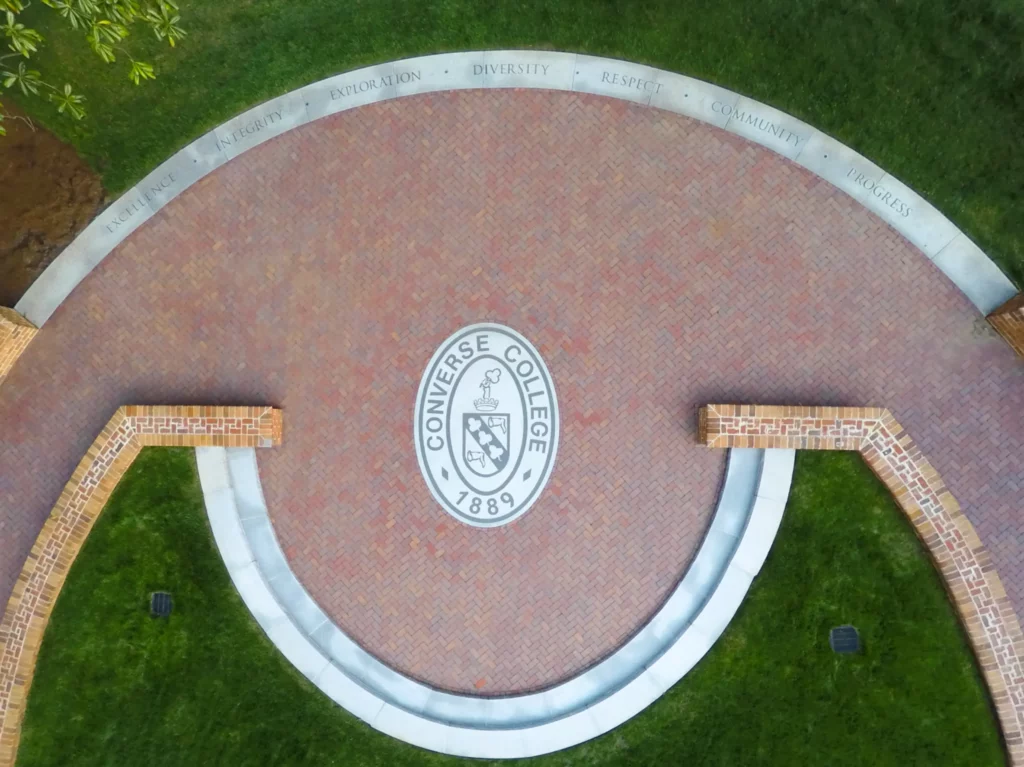Landscape Architecture Photography
Landscape architecture photography is a great way to showcase your professional outdoor projects. Whether submitting for an architectural award, adding to your digital portfolio or creating impressive marketing materials to wow potential clients, rest assured that photographing your firm’s masterpiece is a great return on investment. Several critical elements need to be considered when documenting your company’s landscaping projects – namely gear, shooting conditions, and composition.
Photography gear for outdoor shoots
- Lens choice – For your landscape architectural photo shoot, be sure to invest in a wide-angle lens. This will help to depict the expansiveness and scale of your project. It would be unfortunate to miss a shot or cut off the edges because of insufficient gear. Yes, it is possible to create a composite or panoramic photo from several images.
- Use a tripod – The biggest mistake that photographers commit when photographing landscape architecture is not using a tripod. While it takes a bit more time and patience to position the tripod in the correct place, the result will create a much better image. A tripod enables the photographer to use a smaller aperture and a longer shutter speed, and thus create a sweeping depth of field with razor sharp focus. The use of a tripod will be especially important when photographing in the evening or at night.
- Camera body – While it is possible to create amazing landscape architectural photos using any camera body, I am partial to those with full-frame sensors for any type of photography, be it architecture, landscapes or otherwise. A full-frame sensor will capture more data of your subject and it will also provide your images with a wider field of view over a camera body with a cropped sensor.
- Filter – Invest in a polarizing filter and a neutral density filter. A polarizer will reduce the amount of glare in an image as well as saturate some of the colors. A neutral density filter will enable one to photograph in very bright conditions while also providing a full range of aperture settings and shutter speeds.
- Drone – For amazing images with a unique perspective, consider drone photography & videography.
Shooting conditions for landscape architecture
- Time of day – Rarely is it advisable to photograph landscape architecture projects during mid-day. Shooting during the golden hours (within two hours after sunrise or two hours before sunset) will provide your photos with soft, amber hues as well as pleasing shadow transition and better quality of light. Night time photography is best if you are showcasing your project’s lighting. While it’s not always the case, it is usually preferable to have the sun at your back when photographing landscapes and buildings.
- Time of year – Different plants bloom at different times. By and large, to showcase your work, the photos should be taken when the foliage is at it’s peak bloom.
- Weather conditions – Personally I enjoy shooting on a clear or slightly cloudy day with the sun to my back. Sometimes when working on a tight schedule, the landscape architectural photographs must be shot with under a cloudy sky. One can create very compelling and moody pictures under such conditions.
Composition for landscape architecture photography
- Perspective – drone, low to the ground, eye-level Interest can be created by varying the position of the camera with respect to the subject. Try shooting from a birds-eye view, towering over the subject and use leading lines to create interest.
- Position of the camera – For tall buildings, try positioning your camera in ‘portrait’. Regardless of the camera’s position, be sure to keep your vertical lines vertical and the horizontal lines horizontal. There is nothing more distracting in a photo than straight lines that are slightly askew.
- Sometimes use people in the image – Incorporating people into the landscape will communicate the usage and scale of the space. Be sure that the people dress appropriately for the environment (e.g., business professional for a business park or corporate environment). While it is always best to use professional models, a well groomed stand-in can work if the situation warrants it.
Other considerations for your outdoor project
- Image size – bold, full page images will display the fine details of your work and create the appropriate impact to impress your audience. Ask the photographer to provide you with photos at a high resolution. These will increase the marketability of your landscape architecture projects.
- Stepladder – Bring a stepladder to your landscape architectural photoshoots. You’ll enjoy how much of a difference just a couple of feet can make.
Contact us here for a free estimate or call 864-336-3554 now!

